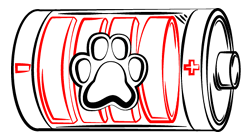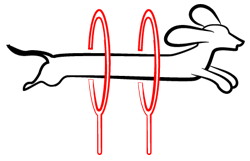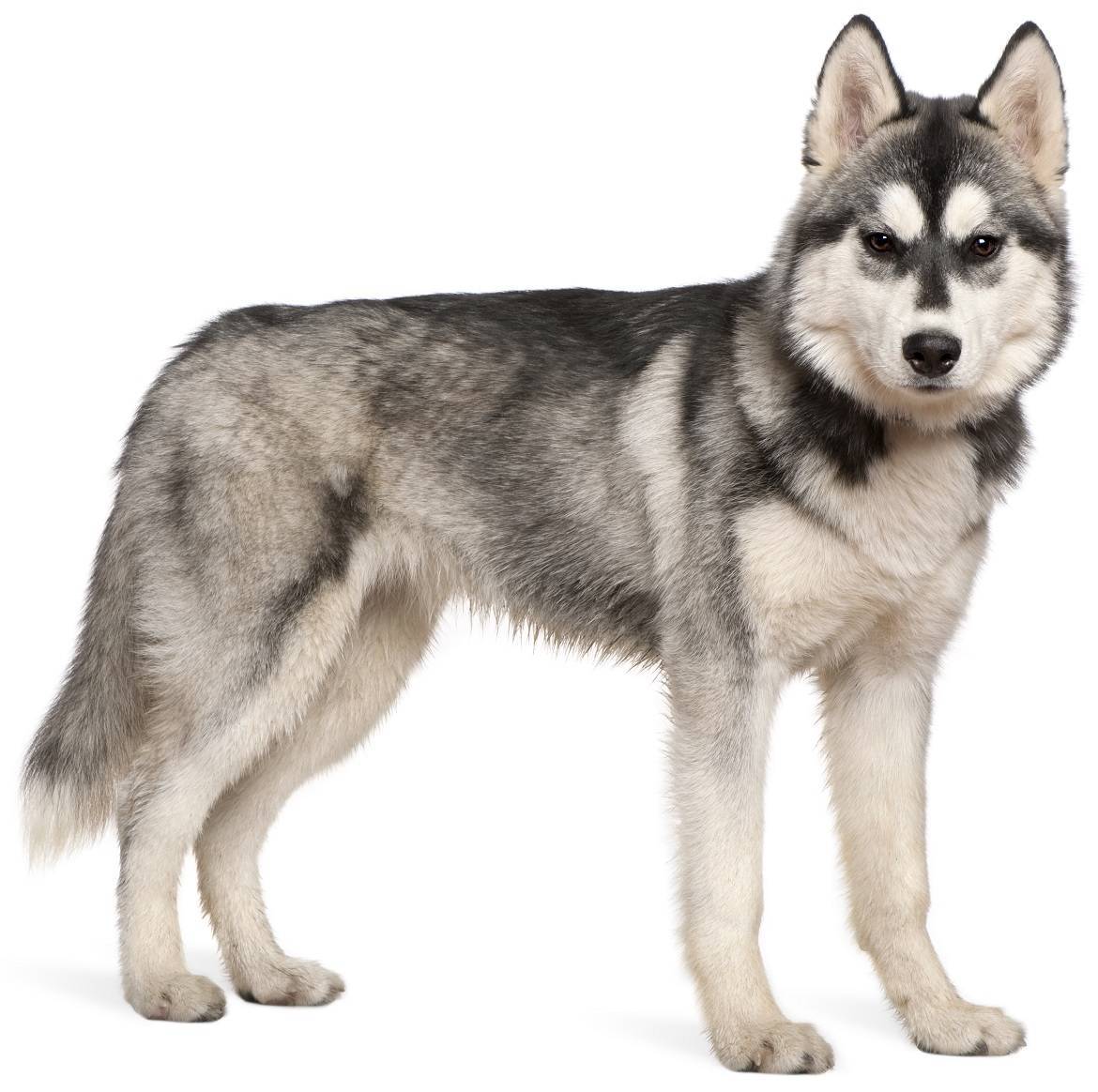
Paws ‘N’ Pups Quickview
Size
| Energy Level
| Trainability
| Paws ‘N’ Pups Rank
|
Characteristics
| Physical Characteristics: Height: 20-24” Weight: 35-60 lbs. Energy Level: Very High | Health & Longevity:12-14 years Breeders screen for the following conditions:
|
The American Kennel Club recognizes the Siberian Husky in the following colors:
| |
Temperament & Train-ability
Outgoing, independent and athletic, the beautiful Siberian Husky is attractive to many but suitable for few. They retain the traits and drives of their ancestors who worked pulling sleds all day. Without enough exercise, mental stimulation and social contact, they can very easily become a nuisance by inflicting massive destruction to house and property, and escaping. Once loose, you may never see them again, as they will run and run and run, until they’re either hit by a car or in another county. Often, a bored and lonely Siberian will just get more skilled at finding ways to escape as their owners attempt to fortify the yard. Many Siberian owners actually sink their fences into the ground to prevent digging out.
This breed needs to be with people, not spend long hours alone. They are affectionate with their family, but do not fawn. They are usually just as friendly toward strangers, making them lousy watchdogs, although their wolf-like appearance can be a very effective deterrent. Good with children, older children are recommended as their athletic nature can knock over toddlers. These active dogs are not suited to apartments, condos, or those with small yards. They tend to bark and howl and “talk”, a trait much loved by their fans, but neighbors close by may not share the same delight in it. Novice dog owners should not venture into dog ownership with a Siberian; they need an experienced, confident owner. Generally they do well with other dogs, but their high prey drive makes them an unwise choice to live with cats or small animals.
Due to their independent, strong willed nature, Siberians earn the “stubborn” title from many. Actually, if positive reinforcement methods are used and you understand your husky’s drives, they can learn a lot. However, there is a reason you don’t see a lot of Siberians competing in sports like obedience; they tend to not like repetition and are not usually ones to comply to a request speedily the way some breeds will. If you expect a snappy response and doting eyes that await your next request, this is not the breed for you. Housetraining is usually easy as Siberians are naturally clean dogs.
There are many activities you can share with a Siberian that loves running more than just about anything; jogging, hiking, biking, skijoring, cross country skiing and sledding are all activities your husky will enjoy. Plan on providing a minimum of 1 hour a day of strenuous exercise – every single day! Always keep your Siberian on leash to assure their safety. You would be wise to supply your husky with a location in your yard where digging is acceptable. If you plan to jog or bike with your dog, you’ll need to wait until growth is complete (2 years) to avoid causing injury to developing joints.
If you still think you want a Siberian, take a lot of time researching what it’s like to live with one. Visit a few breeders to meet adult dogs and chat about the breed. Go to a husky Meetup in your area and talk to owners. Volunteer at a shelter, where huskies can often be found after escaping. Foster a husky in need. Dip your toe in the husky pond, don’t jump into the deep end of the pool!
Grooming
The beauty of a Siberian Husky is undeniable, and what initially attracts many to the breed. It is a double coat, with a dense undercoat topped by an outer coat of straight, stiff hairs that stand out from the body. Considering it’s beauty, it is relatively easy to care for. Weekly brushing to remove loose undercoat will keep your Siberian looking fabulous. Their coats tend to easily shed dirt, so even if your Siberian gets muddy, a simple rinse will do the trick; they rarely need baths. Even dried-on dirt will brush right off the coat. If you are a fastidious housekeeper and the thought of dog hair wafting about makes your stomach turn, the Siberian is not the breed for you. In addition to the regular amount of shedding, in the spring and fall your husky will let loose of all its old undercoat, and shedding will be colossal. Extra time spent brushing and raking out undercoat during these periods is mandatory. Ears must be cleaned regularly, and toenails may need to be trimmed. Teeth should also be checked and cleaned as necessary.
Diet
The amount of food a Siberian will require can vary depending on age, activity level, and type of food fed. On average, Siberians will eat about 1.5-2 cups of food; they are known to be “easy keepers”, staying in good weight with relatively little food for a dog their size. This amount should be fed in two meals per day; free feeding should be avoided to keep your Siberian at a healthy weight. A high quality food will support your active Siberian through all of life’s adventures. To avoid overfeeding during training, you may use a portion of your Siberian’s daily diet for training treats. A constant supply of fresh, clean water must always be available.
Looking for a Siberian Husky?
 Find A Siberian Husky Breeder |  Siberian Husky Puppies For Sale |  Adopt A Siberian Husky |
Cost
Moderately priced, Siberians can be found from between $600-$1,200. Due to many people’s realizations that this is not the breed for them, breed rescues are active and provide another source, particularly attractive to people who wish to help a homeless dog and wish to avoid the challenges of raising a Siberian puppy.
Ongoing expenditures include the typical supplies, food, and regular vet visits. Additionally, you may need to invest in an extra supply of chew and food-dispensing toys to keep your busy Siberian well entertained.
Paws ‘N’ Pups Ranking
Paws ‘N’ Pups ranks every breed out of 4 with 1 being easiest to integrate into your life and 4 being the toughest – The lower the ranking the better.
Ranking takes into account a few basic factors such as cost, skill level needed, high vs. low maintenance, and how critical regular training is to success.
The Siberian rates a 4, due to the skill level needed to raise and keep them satisfied, their need for ongoing training and mental stimulation, and the grooming they require.
Breeds Similar To Siberian Husky
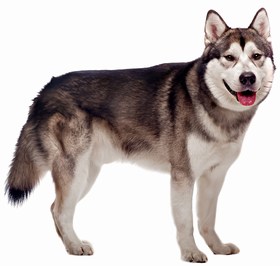 Alaskan Malamute | 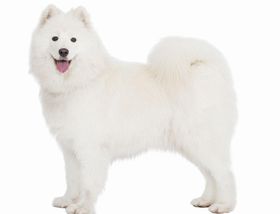 Samoyed | 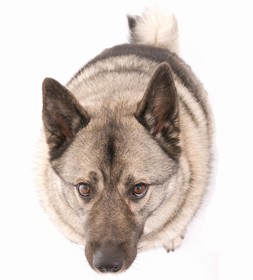 Norwegian Elkhound |  Chinook |


